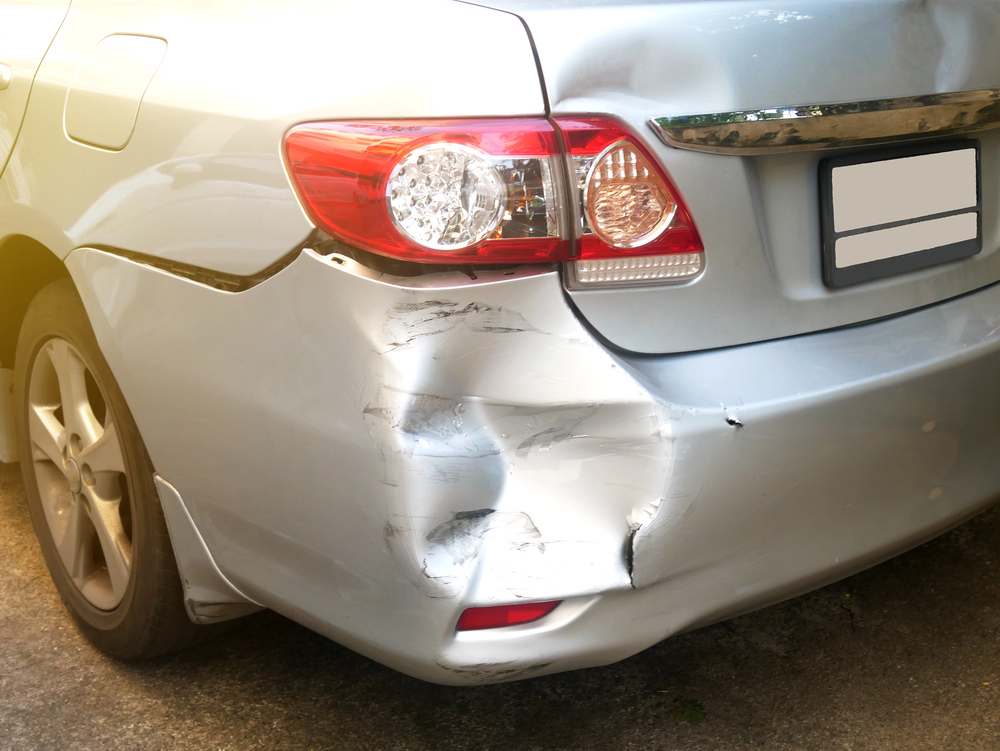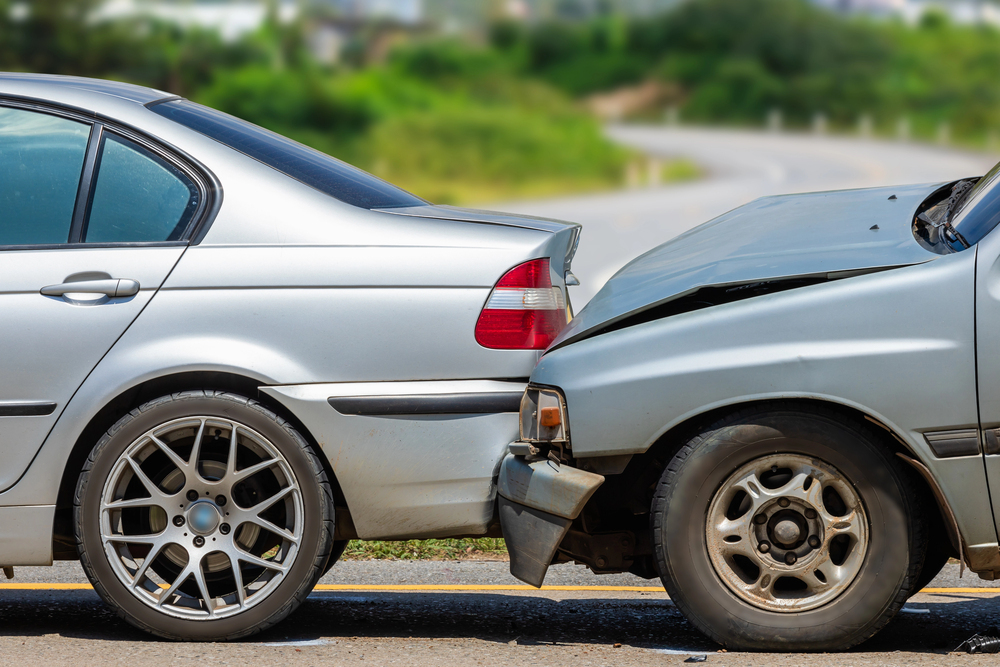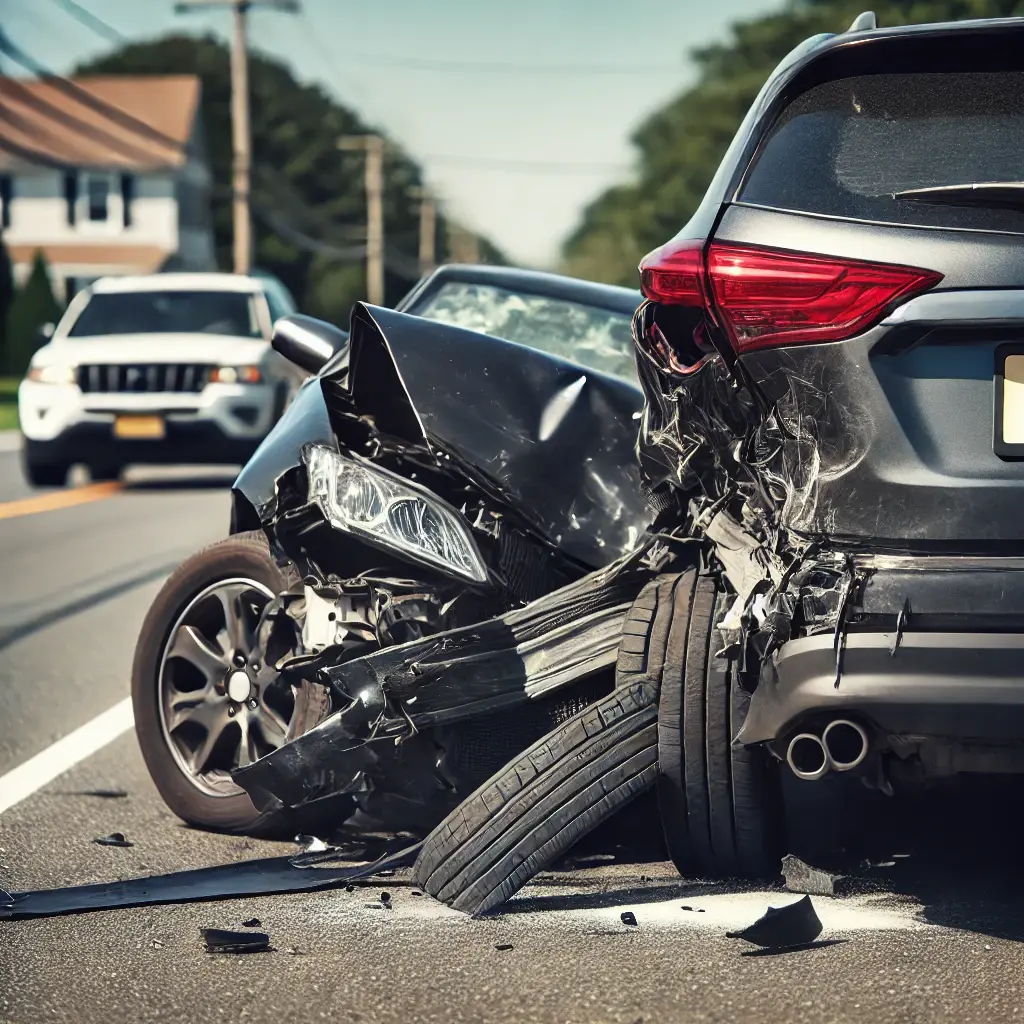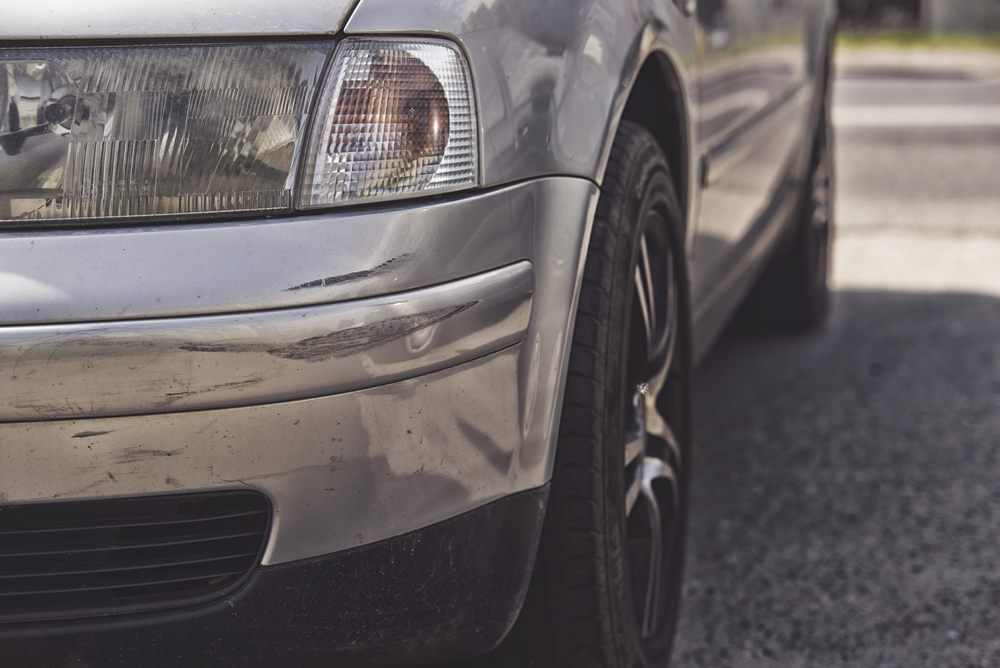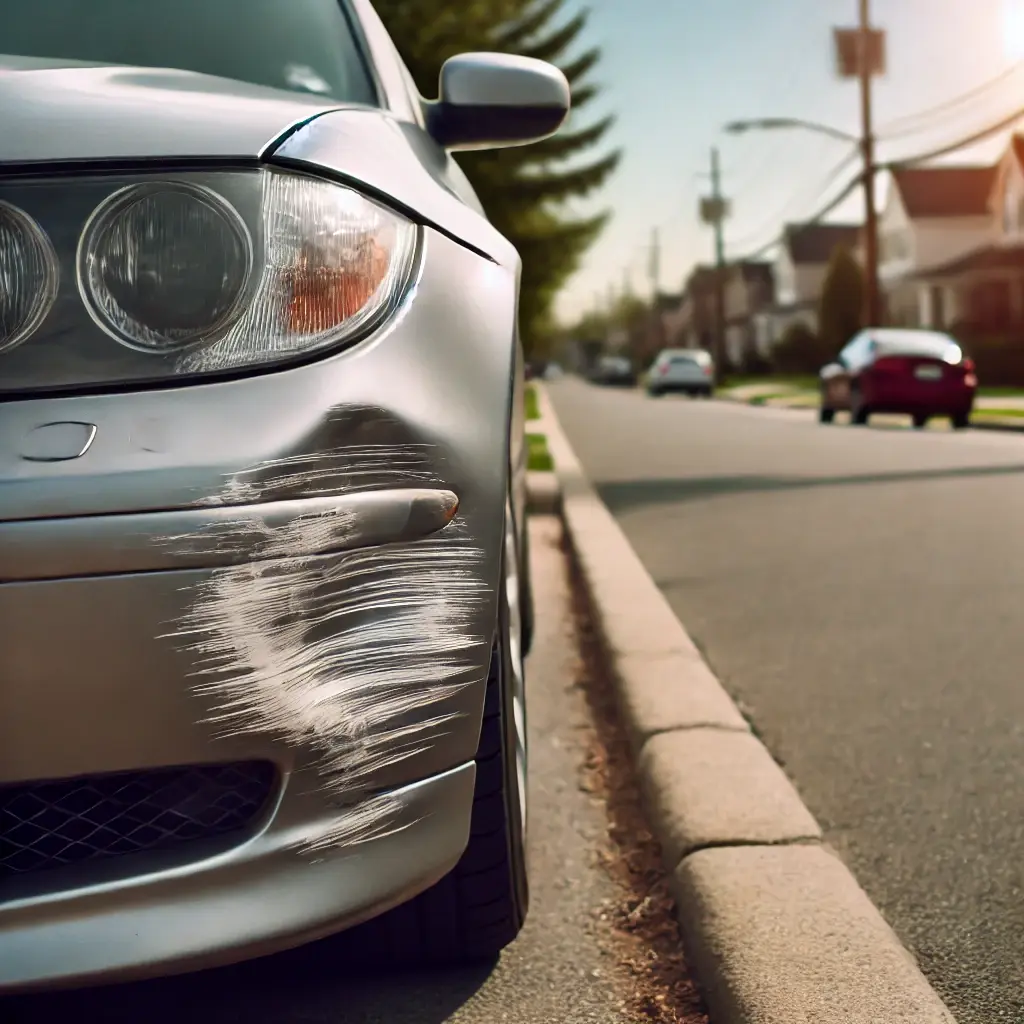When you get your car repaired after an accident in South Jersey, you expect that it has that pre-accident feel. Meaning, it drives like it did before. Sometimes, unfortunately, you leave the collision repair center with something feeling “off.” You notice subtle differences in handling, alignment, or even unusual noises, and you can’t help wonder if your car was repaired at all. Even after professional repairs, there are a few reasons why your car might feel “off.” Here’s what could be causing the issue and what to do about it.
Key Takeaways
- Accidents can affect suspension and alignment, causing pulling, instability, or uneven tire wear. A follow-up adjustment may be needed.
- Bent or misaligned frame components can impact handling, steering, and stability, requiring further inspection.
- Issues like a misaligned axle or transmission damage can cause vibrations, noises, or rough shifting.
- Misaligned sensors and cameras can disrupt safety systems like lane departure warnings and automatic braking.
- Non-OEM parts may not fit or perform like originals, affecting drivability and safety.
1. Alignment and Suspension
Even minor collisions can knock your car’s suspension or alignment out of place. If your vehicle pulls to one side, feels unstable at higher speeds, or the steering wheel isn’t centered, it could mean the alignment wasn’t fully restored. A misaligned suspension can also cause uneven tire wear, reducing the lifespan of your tires and affecting overall drivability. In some cases, damaged suspension components such as control arms, struts, or tie rods might need to be replaced. A follow-up adjustment or additional suspension repairs may be necessary to correct any lingering issues and ensure smooth handling.
2. Unrepaired Frame or Structural Damage
Modern vehicles are designed with crumple zones to absorb impact, but even after repairs, some frame components may still be slightly bent or misaligned. This can lead to uneven weight distribution, causing handling issues, difficulty steering, or even increased road vibrations. Structural damage is not always visible, and if the repairs were focused only on cosmetic damage, the frame may still need further correction. If your car feels unstable, has poor alignment, or continues to make unusual noises, it may need a more in-depth inspection with specialized equipment to detect hidden structural issues.
3. Subtle Mechanical Issues
Even if the visible damage was repaired, underlying mechanical problems can still exist. A misaligned axle, damaged motor mounts, or worn-out suspension components could affect performance. Transmission issues, drivetrain misalignment, or even a slightly damaged exhaust system can also contribute to unusual vibrations or rough shifting. Additionally, small fluid leaks, loose bolts, or improperly torqued engine components can cause minor—but noticeable—issues. If you experience hesitation, odd noises, or unusual engine behavior, it’s worth having a professional technician check for any overlooked mechanical damage.
4. Calibration of Advanced Safety Features
Many modern cars rely on sensors and cameras for advanced driver assistance systems (ADAS), such as lane departure warnings, automatic braking, and adaptive cruise control. If these systems weren’t properly recalibrated after repairs, they may not function correctly, leading to delayed responses, false alerts, or systems failing to activate when needed. A misaligned radar sensor or an improperly positioned camera can disrupt crucial safety features, making driving more unpredictable. If you notice that your backup camera, blind-spot detection, or automatic braking isn’t working as expected, take your vehicle back to the repair shop for a recalibration.
5. Differences in Replacement Parts
If aftermarket or remanufactured parts were used in repairs instead of original equipment manufacturer (OEM) parts, they may not fit or function exactly like the original components. Differences in materials, weight, or design can create slight variations in how your car drives, especially in critical areas like suspension components, body panels, or engine parts. Furthermore, some aftermarket parts may not have been tested to meet the same safety standards as OEM parts. If your car doesn’t handle the same way it used to, check with the repair shop to confirm what type of replacement parts were used and whether OEM parts might be a better option.
Take Your Car to the Most Reputable Collision Repair Center in South Jersey
If something doesn’t seem right after your get repairs, don’t ignore it. It is best to contact a reputable auto body repair shop, one that can diagnose and repair the issues. Elmer’s Auto Body has an exceptional team that will reassess the repairs and make any necessary adjustments. We ensure your vehicle is safe and performing as it should.
If you’ve recently had your car repaired and it doesn’t feel right, give us a call or visit one of Elmer’s Auto Body’s South Jersey locations for a thorough inspection. Your safety and satisfaction are our top priorities.




